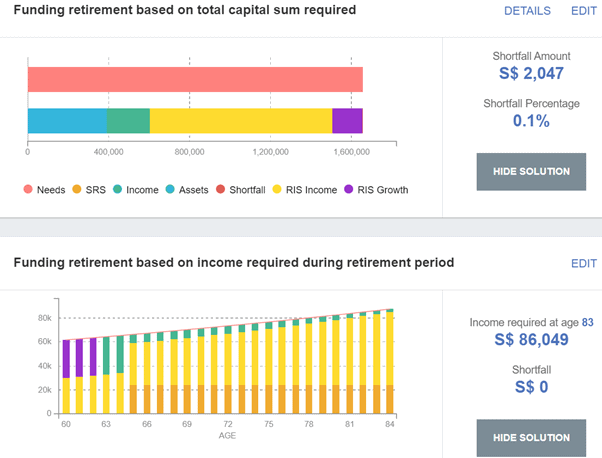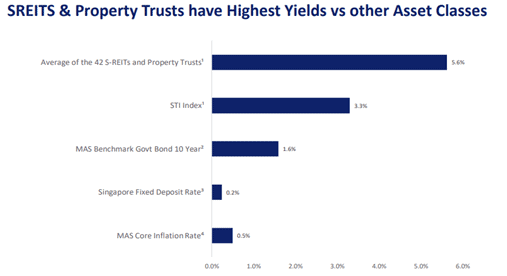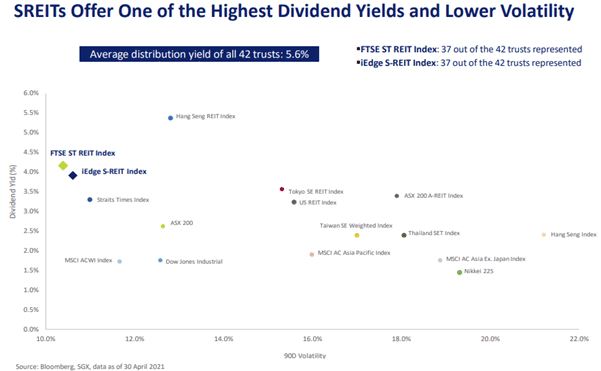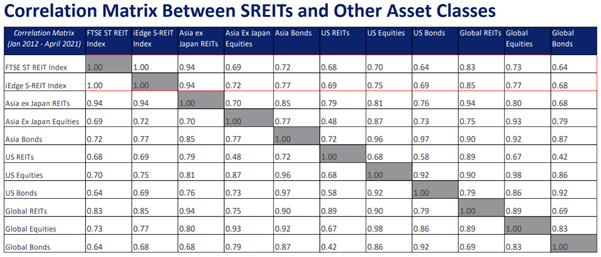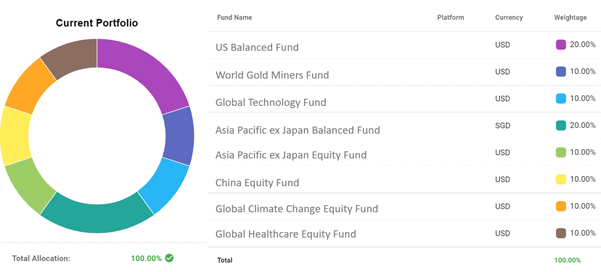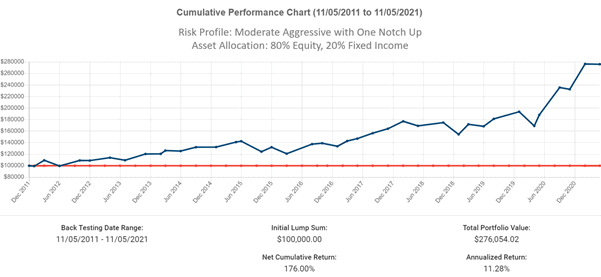Podcast: Using REITs for Retirement Planning
The Financial Coconut Podcast: Using REITs for Retirement Planning
REITs (Real Estate Investment Trusts) have always been a popular investment choice among many retail investors. How do we incorporate REITs in our retirement planning as well? Can REITs be part of our Covid-19 recovery play? What are some ways to evaluate REITs and what are some global REITs to look out for? Explore the world of REITs with Kenny Loh, REIT specialist and independent financial advisor in this week’s Chills with TFC!
Listen on to this Podcast on Spotify, or on Youtube (below).
If you have the following concerns over your Retirement Planning, feel free to schedule a complimentary consultation with me here.
- Do not know how much I need for retirement?
- Do not know whether you can retire at the age you plan?
- How long do I need to work before I can retire?
- I do not know whether I have sufficient retirement fund to last for my whole life?
- I have done my retirement planning, I need a 3rd part independent review with no products selling.
- I cannot afford to make mistake in my retirement planning as this is the only asset I have to last me for the next 30-40 years. I need someone to point out what are my weakness in my retirement planning.
- I am very worried that my retirement funds eroded by inflation, how to make my retirement portfolio beats inflation?
- I have not done my retirement plan yet, I need someone to provide me independent and unbiased advice on what actions should I take.

Kenny Loh is a Senior Consultant and REITs Specialist of Singapore’s top Independent Financial Advisor. He helps clients construct diversified portfolios consisting of different asset classes from REITs, Equities, Bonds, ETFs, Unit Trusts, Private Equity, Alternative Investments, Digital Assets and Fixed Maturity Funds to achieve an optimal risk adjusted return. Kenny is also a CERTIFIED FINANCIAL PLANNER, SGX Academy REIT Trainer, Certified IBF Trainer of Associate REIT Investment Advisor (ARIA) and also invited speaker of REITs Symposium and Invest Fair. You can join my Telegram channel #REITirement – SREIT Singapore REIT Market Update and Retirement related news. https://t.me/REITirement




